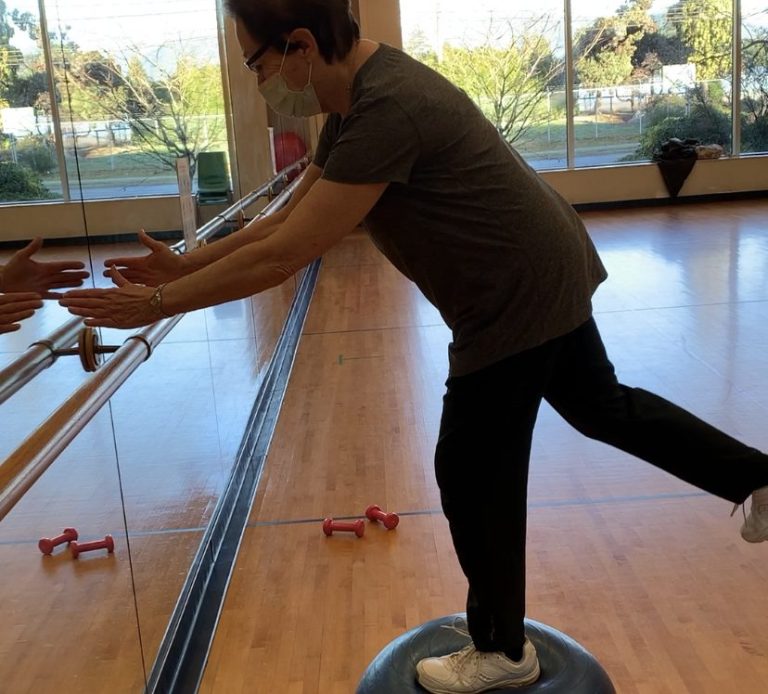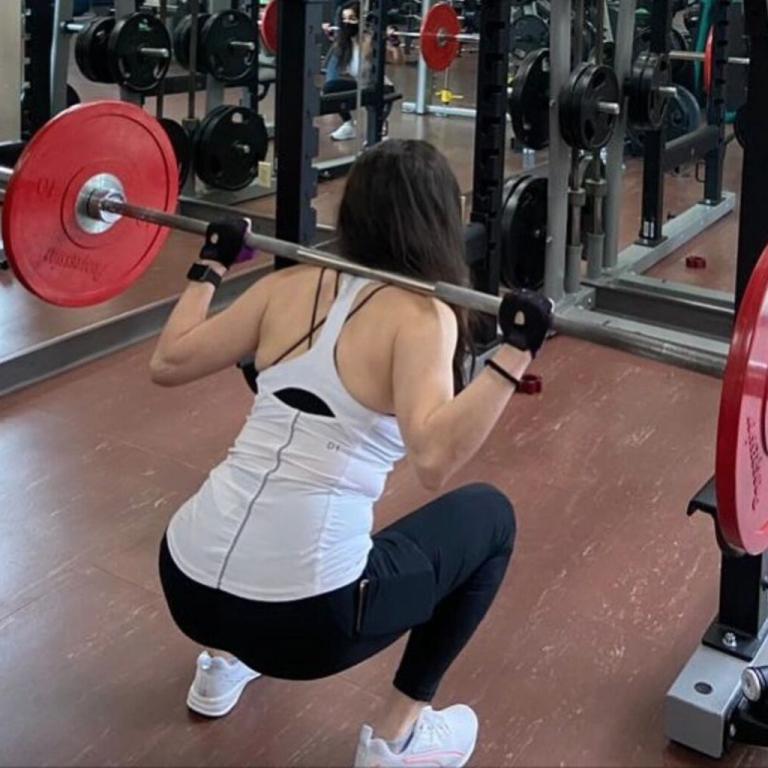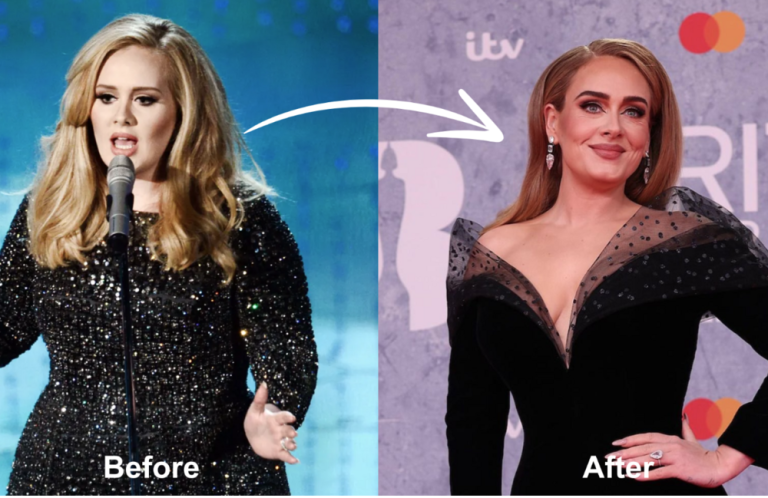Contact: (778) 836-5919

Why Moving Matters: The High Cost of a Sedentary Lifestyle
Why Moving Matters: The High Cost of a Sedentary Lifestyle
A sedentary lifestyle is one where an individual gets little to no regular physical activity. As a society, we’re following a dangerous trend. In fact, over 85% of Canadians live sedentary llives, and this is having serious consequences for our collective health. We're becoming less active, and it’s showing—especially in the rise of skeletal and metabolic conditions like osteoporosis, osteoarthritis, and type II diabetes. Even more troubling, this inactivity is straining our healthcare system, driving up costs and reducing our quality of life.
But perhaps the most urgent concern? Children’s physical activity levels are declining rapidly, which means future generations may face these health consequences even earlier.
Our Bodies Were Built to Move—Not Sit Sure, sitting for short periods can help us recover and reset—but today, most people spend the majority of their day seated. The human body isn’t built for that. Quite the opposite: we are designed for movement. With over 350 joints and over 600 skeletal muscles, the body is structured for mobility. Our bones, muscles, joints, and cardiovascular system all function better when we move regularly. Even blood flow and oxygen delivery depend on physical activity.
What Happens When You Don’t Move? Let’s start with the spine. Sitting for long periods—especially with a slouched posture—places uneven pressure on the spinal discs and strains surrounding muscles. Over time, this can shrink the chest cavity, reducing the space for your lungs to fully expand and limiting oxygen intake.
Ever felt numbness or swelling in your arms or legs? That often comes from compressed nerves and reduced blood flow due to prolonged sitting. As circulation slows, the body loses efficiency—impacting not just your muscles but also your metabolism. Sitting for extended periods also reduces the activity of lipoprotein lipase, an important enzyme that helps break down fat in the bloodstream. When you’re inactive, this enzyme slows, fat metabolism decreases, and your body burns less fat overall. And it’s not just the body—your brain suffers too. Less movement means less blood flow and oxygen to the brain, affecting focus, energy, and even mood.
The Good News: Most Risk Factors Are Within Your Control Many of the risk factors tied to chronic disease and inactivity are lifestyle-related, which means they can be changed. These include:
- Physical inactivity
- Smoking Hypertension
- High cholesterol and blood lipids Obesity
- Poor nutrition
- Chronic medical conditions
- Poor stress management
- Family lifestyle habits Substance abuse or anti-social behaviours
How to Live an Active Lifestyle Active living means integrating movement into your everyday routine—not just at the gym, but throughout the day. According to the American College of Sports Medicine (ACSM, 2014): Adults should aim for at least 30 minutes of moderate physical activity most days, or 150 minutes per week to maintain or improve health. Children and youth (ages 5–17) need 60 minutes of physical activity daily.
Getting Started: Simple Steps Toward Movement Start small. Keep it simple. Make it doable.
- Pick a time, a place, and a plan to move more.
- Join a weekday community fitness event.
- Go for a brisk walk after dinner.
- Work with a personal trainer to develop a SMART plan (Specific, Measurable, Achievable, Relevant, Time-bound).
- Walk or bike to work.
- Be active with your family on weekends.
Movement doesn’t have to be complicated—it just needs to be consistent.
In Summary: Why It Matters Physical inactivity increases your risk of:
- Heart disease Obesity
- High blood pressure
- Type II diabetes
- Osteoporosis
- Stroke
- Depression Certain cancers (e.g., colon cancer)
- Even premature death
On the other hand, a physically active lifestyle can:
- Lower blood pressure Improve body composition (fat-to-lean ratio)
- Enhance confidence and self-image
- Boost stress management
- Improve mental well-being
- Reduce the risk of chronic disease
- Increase overall energy and vitality
Your body was made to move. Start where you are. Do what you can. Small steps lead to big changes—one walk, one stretch, or one workout at a time.
Yours in health,
Ella Bak Fitness

The Power of Gentle Movement for Joint Health
As we age, movement isn’t just about exercise—it’s about maintaining independence, reducing pain, and improving overall well-being. In my experience working with older adults through personal training, I’ve seen how hesitant some can be to move due to joint discomfort or fear of injury. But the truth is, gentle movement is one of the best ways to keep joints healthy and pain-free.
Simple strength training, controlled bodyweight exercises, and mobility drills can help improve flexibility, reduce stiffness, and support balance. I’ve worked with clients who initially struggled with basic movements, but after incorporating gentle, consistent exercises, they regained strength, confidence, and ease in their daily activities. Even small changes—like seated leg lifts, controlled step-ups, or light resistance band work—can make a significant difference in mobility and joint health.
If you or a loved one want to stay active without added strain, start with small, consistent movements. Your body will thank you!
Hear what my client Luccett has to say:
I have been training with Ella for several months and I am so impressed by her knowledge and skills. I have been active all my life but have been focusing on agility, stability and strength in my sessions with Ella, and the benefits are obvious. As an example, I was hiking in the woods recently and tripped on an exposed root. If it hadn't been for the agility and leg stability training I have been doing with Ella, I am certain that I would have fallen and injured myself. Instead, my body reacted very quickly, I sprung off the root and I stayed upright! Did I mention that I'm 78 years old?
Stay strong, stay mobile! 💪

The Importance of Consistency Over Perfection
Why Consistency Matters
When it comes to fitness and health, showing up consistently beats waiting for the "perfect" moment. Small, regular efforts build habits that lead to lasting transformation. Instead of focusing on flawless workouts or rigid meal plans, the key is to stay committed and adaptable.
Benefits of Consistency:
Sustainable Progress: Gradual improvements prevent burnout and create long term success.
Better Habit Formation: Repetition helps make healthy choices second nature.
Increased Motivation: Regular wins build confidence and momentum.
Why Work with a Trainer?
Staying consistent can be challenging on your own. That’s where a personal trainer can be a game-changer:
Tailored Guidance: Get customized workouts designed for your goals and fitness level.
Accountability: Regular sessions help you stay on track, even on tough days.
Safe Progression: Learn proper form and avoid injury while gradually pushing your limits.
Motivation Boost: Trainers help you celebrate progress and stay motivated when perfection feels out of reach.
Tips to Stay Consistent:
Start Small: Focus on achievable goals and build momentum over time.
Schedule Workouts: Treat exercise like any other important appointment.
Track Progress: Celebrate your wins, no matter how small.
Partner Up: Training with a coach provides expert guidance and consistent support.
Remember, fitness is a journey, not a sprint. Embrace the process, and you'll see the benefits over time. Let’s work together to make your consistency count!
Quote for Inspiration:
“Don’t let perfect be the enemy of good. Just start.”

The Power of a Personal Trainer—More Than Just Fitness
Hey Fitness Community,
I recently watched Adele’s interview, where she opened up about how working with a personal trainer helped her navigate one of the most challenging times in her life—her divorce. For her, fitness wasn’t just about weight loss or aesthetics; it was about structure, emotional resilience, and having an outlet for stress.
She shared how training gave her a sense of control, empowerment, and self-care—something I’ve witnessed firsthand with my own clients. Fitness is more than just physical transformation; it’s about building mental strength, fostering personal growth, and overcoming life’s toughest moments.
Check out Adele’s story here: Adele on how fitness helped her through her divorce.
https://www.youtube.com/watch?v=0UwhRUQMDHE
I also want to take a moment to celebrate some of my incredible clients who have transformed not just physically but mentally and emotionally through training. Their journeys prove that having the right support system can truly change everything.
Here’s what one of my amazing clients, Lana, had to say about her experience:
*"Ella Bak was assigned to me as a trainer. I explained my goals, my limitations, and what I wanted to achieve. The gym’s proximity, brand, and timing were perfect—it was long overdue for me. We have fun during training, and the hour flies by! Since starting with Ella on September 28, 2020, I’ve experienced weight loss, strength gains, and improvements in my shoulder injuries and muscle tone. We’ve surpassed my initial goals! Ella is knowledgeable, compassionate, and encouraging. She tailors the program to my needs, pushes me safely, and adapts as I grow stronger. People are noticing the results, and my experience with Ella has been TERRIFIC!" – Lana
If you’ve ever gone through a tough time, did fitness help you push through? I’d love to hear your thoughts—drop a comment or message me!
And if you're looking for personalized coaching and guidance, feel free to reach out. Let’s build strength—inside and out—together!
Yours in health,
Ella Bak Fitness
📞 (778) 836 5919
📌 747 Gore Ave,
Vancouver, BC V6A 2Z9
📧 ellabakfitness@gmail.com